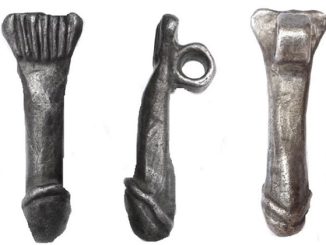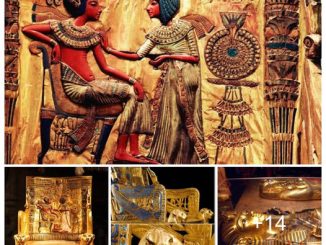In the annals of art and science, few figures loom as large as Leonardo Da Vinci. Renowned for his unparalleled creativity and insatiable curiosity, Da Vinci’s work transcends the boundaries of time and discipline. Among his many achievements, his studies of a fetus in the womb, dating back to circa 1510, stand as a testament to his groundbreaking contributions to the field of anatomy. Join us as we delve into the fascinating world of Da Vinci’s anatomical drawings, exploring their accuracy, significance, and enduring legacy.
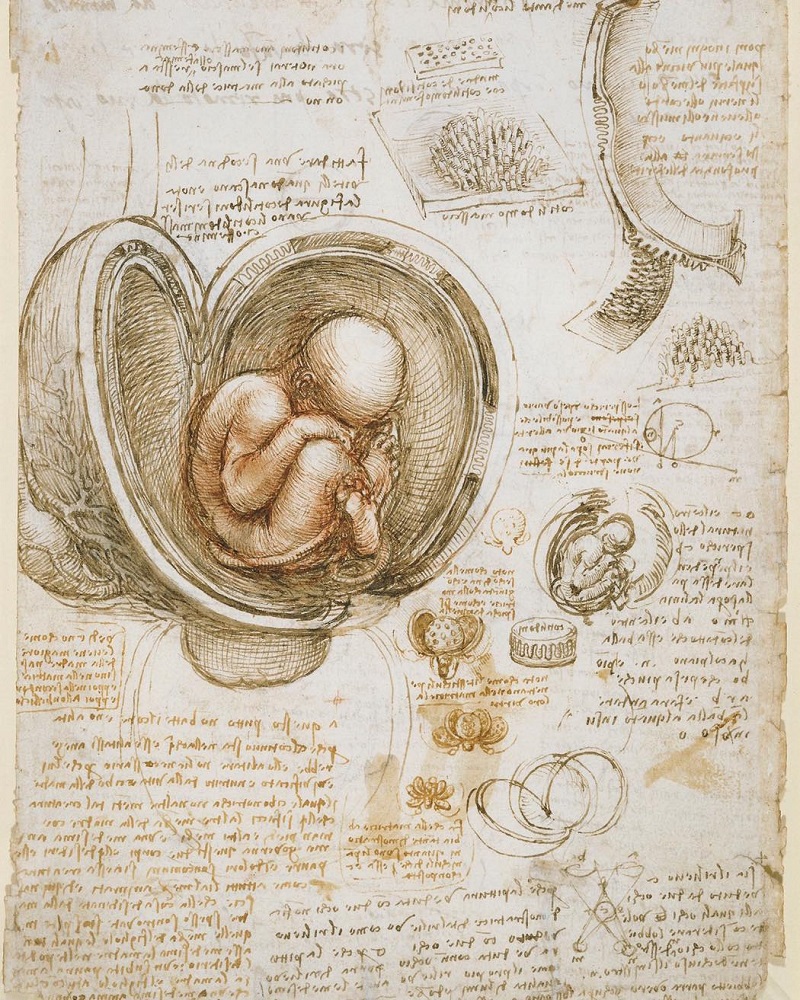
Revolutionizing Anatomy: Da Vinci’s Meticulous Studies
Da Vinci’s studies of a fetus in the womb represent a milestone in the history of anatomical illustration. Prior to his work, misconceptions about human anatomy abounded, fueled by superstition and limited scientific understanding. Da Vinci’s meticulous observations, based on dissections of cadavers—a practice banned in Europe for much of the Middle Ages—provided unprecedented insights into the inner workings of the human body. His drawings, characterized by their precision and attention to detail, challenged prevailing beliefs about fetal development and the structure of the uterus.
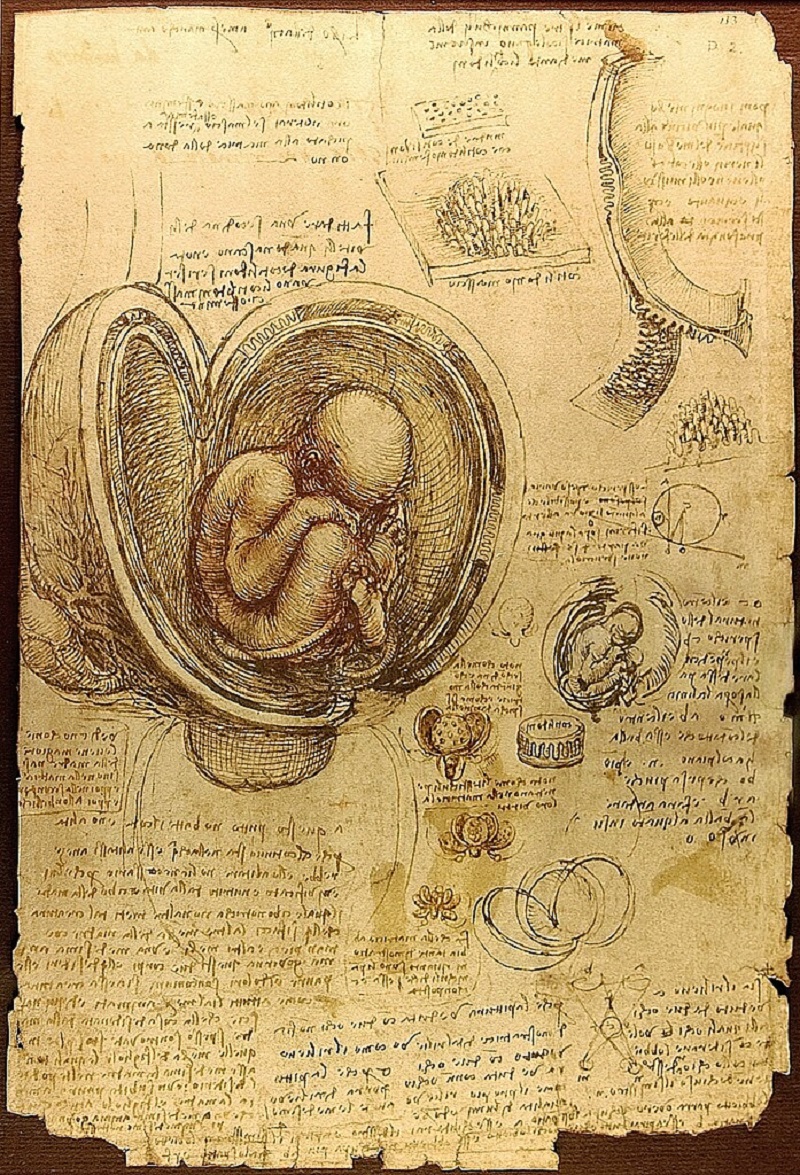
Accurate Representation: Disproving Myths
One of the most striking aspects of Da Vinci’s studies is their accuracy in depicting the anatomy of the fetus and uterus. At a time when many doctors believed the uterus to have multiple chambers, Da Vinci’s drawings revealed the truth—that there is just one. Through careful observation and meticulous rendering, he captured the intricacies of embryonic development with astonishing fidelity, laying the groundwork for future generations of anatomists and medical practitioners.
Scientific Inquiry and Artistic Mastery
Da Vinci’s studies of a fetus in the womb exemplify the intersection of art and science in the Renaissance era. As both a painter and a scientist, he possessed a unique ability to marry aesthetic beauty with empirical rigor, producing anatomical drawings that are as visually stunning as they are scientifically accurate. His keen eye for detail and unwavering commitment to truth transformed the field of anatomy, paving the way for new discoveries and advancements in medical knowledge.
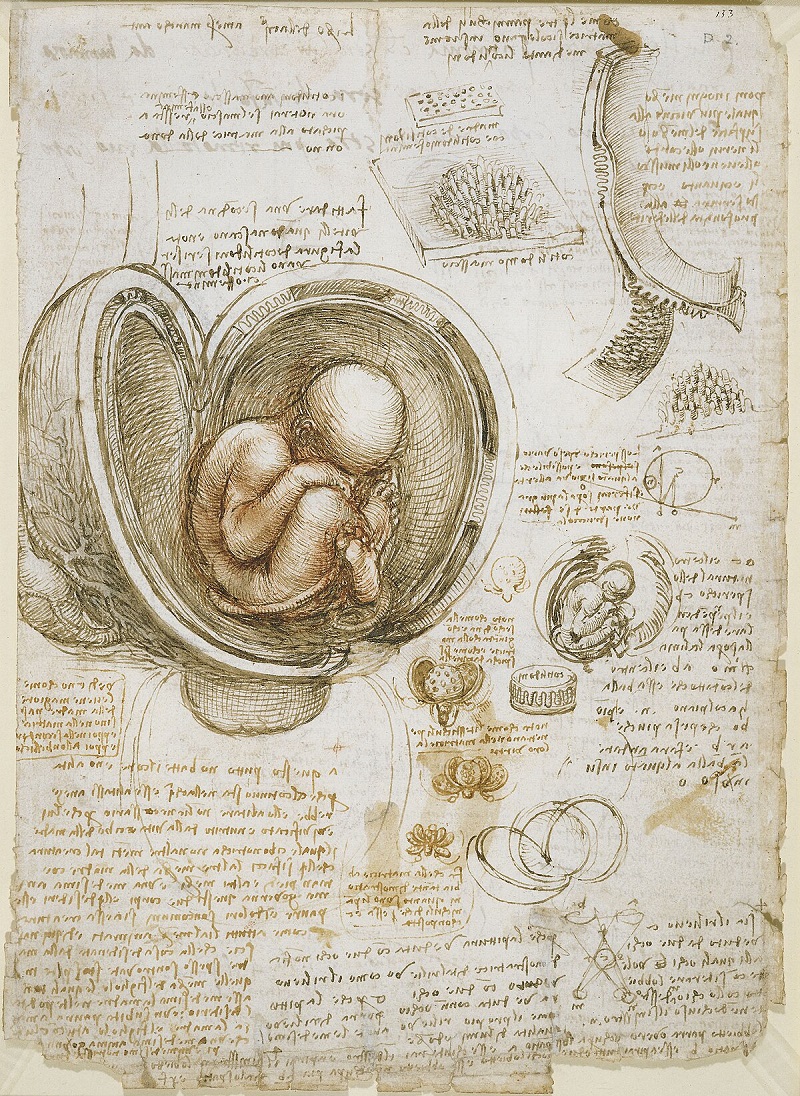
Legacy and Influence
The legacy of Da Vinci’s anatomical studies extends far beyond the confines of his own time. His groundbreaking work laid the foundation for modern anatomy and inspired generations of scholars, artists, and medical professionals to explore the mysteries of the human body. Moreover, his emphasis on empirical observation and hands-on experimentation remains a guiding principle in scientific inquiry to this day, reminding us of the enduring value of curiosity, creativity, and intellectual curiosity.

In conclusion, Leonardo Da Vinci’s studies of a fetus in the womb stand as a testament to his genius and enduring legacy. Through his meticulous observations and artistic mastery, he revolutionized our understanding of human anatomy and reshaped the course of scientific inquiry. As we marvel at the precision and insight of his anatomical drawings, let us honor Da Vinci’s legacy by embracing the spirit of curiosity and exploration that drove his quest for knowledge. Through archaeology and historical inquiry, we continue to uncover the mysteries of the past, enriching our understanding of the world and fostering a deeper appreciation for the wonders of human ingenuity.
Read more : https://model.icusocial.com/author/bspvt01/?utm_source=KC&utm_medium=H&utm_id=3
